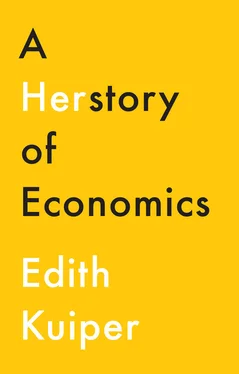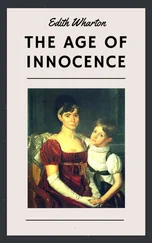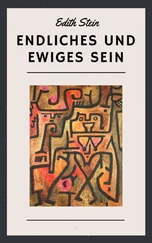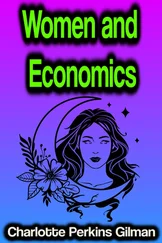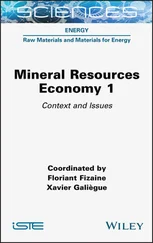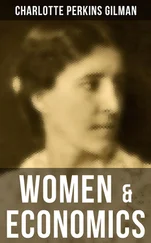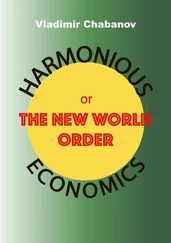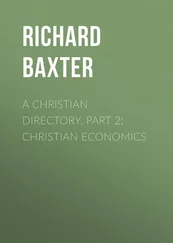This literature on household management developed over the course of the seventeenth and eighteenth centuries in England and Scotland into a library of books that dealt with a range of aspects of household management. Consistently ignored by economists and historians of economics alike, it is a large literature on how to best run a household, including how to deal with personnel and sickness, how to remove stains, use herbs for food and medicine, and maintain and repair various kinds of woodwork, tapestry, and clothing, and, of course, how to do the conservation and cooking. Books like Martha Bradley’s The British Housewife; or, the Cook, Housekeeper’s, and Gardiner’s Companion (1758), Mrs. Smith’s The Female Economist; or A Plain System of Cookery: For the Use of Families (1810), and Catharine Beecher’s A Treatise on Domestic Economy (1841) were meant specifically for middle- and upper-class young women who started and ran their own households. Note that Mrs. Smith closes her introduction by stating that her book is well adapted to the purposes of domestic economy, considering “moral attitudes such as economy, cleanliness, and propriety as inherently part” of these household management books. It is Mrs. Beeton’s Book of Household Management (1861) that becomes more or less the standard work and that it is still being reprinted and sold today.
As the household became more and more the exclusive realm of women in Western Europe, the gendered divide in public and private domains also became part of the political philosophy of the time (Habermas, 1989 [1962]; Fraser, 1992 [1990]). In the tradition of earlier thinkers like Aristotle, Jean-Jacques Rousseau (1712–78) focused on “men” and assumed that citizens were exclusively male. In A Discourse on Inequality (2016 [1755]), he put forward a history of society in which he articulated a divide between the state of nature and the state of society. Rousseau philosophized that man’s natural state was single and independent and that women and “savages” lived in the state of nature. Over time, civilized and educated men built a society of men and the family, located “outside culture,” was characterized by Rousseau as a remnant of natural relationships. The natural state was healthy, according to Rousseau, and had little to do with property rights and other economic laws that were part and parcel of culture and politics and as such corrupted. Rousseau, a friend of David Hume, had a profound influence on the thinking of Adam Smith, who applied these ideas about the gendered nature of private and public life as building blocks to his Wealth of Nations (1976 [1776]) (see Rendall, 1987).
Smith built his monumental work on the early industrial economic system on the work of other scholars too – for example, the work of Isaac Newton (1642–1727), whose comprehensive theory of gravity and the application of natural laws gave Smith a model for his theoretical framework. William Petty (1623–87), who started the Royal Society in London and measured the national income of both Ireland and England, provided the groundwork for macroeconomic analysis. French philosophers and economists, including François Quesnay, Anne-Robert-Jacques Turgot, and Pierre le Pesant, sieur de Boiguilbert, provided Smith with important tools for his analysis of the economy.
In his works, Smith made a silent but crucial move: he shifted attention away from the household. Changing the focus 180 degrees, he turned his back on the household, and put the autonomous male individuals center stage. He made this move silently in the sense that he simply excluded women and the household from his works. He used the term “œconomy” for what we would call Home Economics or Household Management, thereby separating it from “the economy,” the term he uses for productivity and wealth in the public realm.
In the two books Smith published during his lifetime, The Theory of Moral Sentiments (1759) and the Wealth of Nations (1776), it is the (male) individual who represents the household in the contexts of the law and market exchange. It is these individuals who have “the propensity to truck, barter, and exchange goods one thing for another” (1976 [1776]: 25). It is this male individual who becomes the basic unit of economic analysis – also known as Rational Economic Man – and, as such, the focus for generations of economists to come.
These specific binary notions of private and public, nature and society, femininity and masculinity thus became part of political economy at a fundamental level. Smith perceived manhood and masculinity in terms of self-control, individuality, the ability to make decisions on one’s own account, and the freedom to pursue one’s own interest. Femininity, on the other hand, was defined merely by default and in negative terms, such as “effeminate,” “economically dependent,” “driven by strong passions,” “sexually teasing,” and so on (Kuiper, 2003). These notions of masculinity and femininity are still with us today. Take, for instance, a basic macroeconomic model: the Circular Flow Model. The idea of public and private as fundamentally distinct realms still informs the definition of the main actors in this model. It is the firm that produces, the firm that is active and makes the economy grow, while the household is perceived as having a more passive role, consuming goods, choosing between goods and services supplied to them, and providing labor, land, and capital, which are then used by firms in a “productive manner.” It is not until the publication of Beyond Economic Man in 1993, as part of the emergence of feminist economics as a field of study, that we get a thorough critique of the use of binary concepts in economics. In this book, edited by Marianne Ferber and Julie Nelson, a group of economists identify binary concepts such as productive/unproductive, investment/savings, culture/nature, public/private, linking them to notions of masculinity/femininity and, as such, structuring mainstream economic theories.
Since the household and women had become excluded from political economy, it was mostly women who further developed the literature on household management over the course of the nineteenth century and into the twentieth century. Retaining the traditional focus on how to run an efficient household, the growth of this field of economic study gravitated outside academia. By the end of the nineteenth century, part of this research was being conducted by women as a subfield of economics, which became known as Home Economics. In the US it was the only field in which women could obtain a position within economics departments (Le Tollec, 2020). Hazel Kyrk (1886–1957) would restructure the home economics department she was heading by applying the scientific method to her research on the household, and by theorizing the consumption process in her 1923 book A Theory of Consumption . Her PhD student Margaret G. Reid (1896–1991) focused her attention on productive activities in the household, and published Economics of Household Production (1934). Reid defined unpaid household production here as – in brief – those unpaid activities in the household which can be (but are not) replaced by market goods or paid services. Using this so-called “third person criterion” enabled her to make a clear distinction between unpaid household production and personal care. It would later enable economists to investigate productive activities conducted in the household and to develop a method to estimate the value of unpaid production in the household in monetary terms (see UNDP, 1995).
In the 1960s, Gary S. Becker (1930–2014), then an economist at the University of Chicago, picked up where Kyrk and Reid left off and applied neoclassical economic theory to explain household behavior. In his 1965 article “A Theory of the Allocation of Time,” he perceived women’s unpaid work in the household as productive and reasoned along the lines of Reid. Later, others like Marilyn Manser and Murray Brown (1979) and Marjorie McElroy and Mary Horney (1981) would apply game theory to explain intra-household decision-making. The application of neoclassical and game theoretical models in the analysis of household economic decision-making tended to provide explanations of hierarchical gender relations as being rational and as producing efficient outcomes.
Читать дальше
